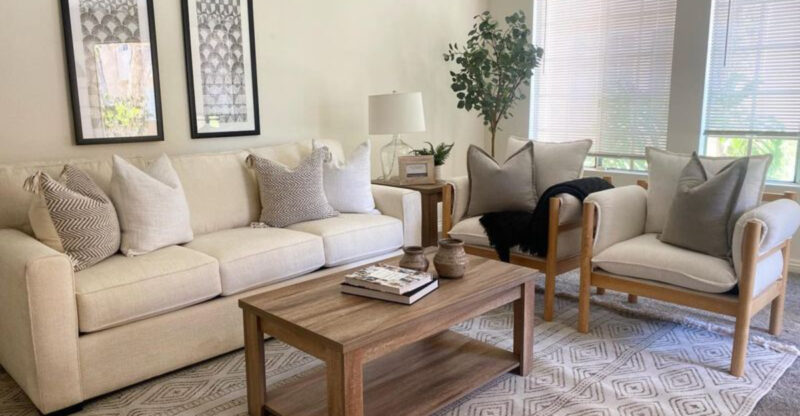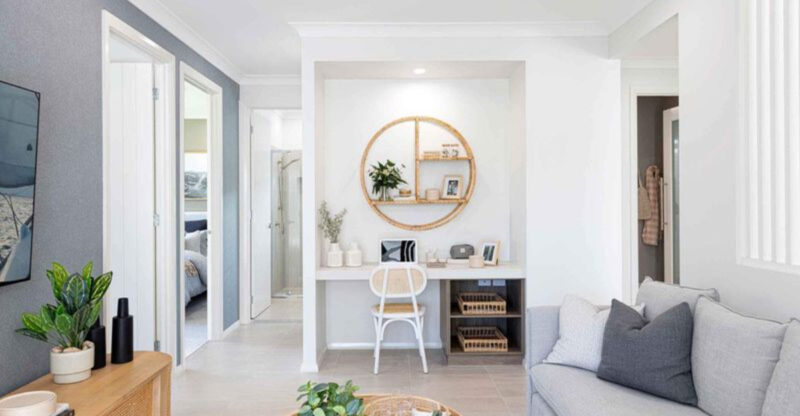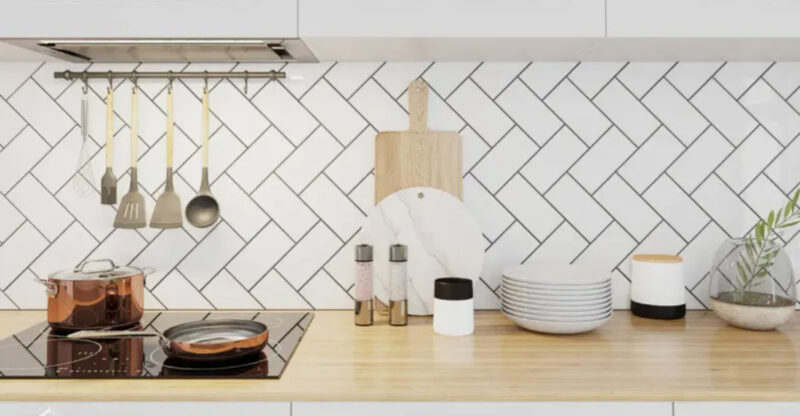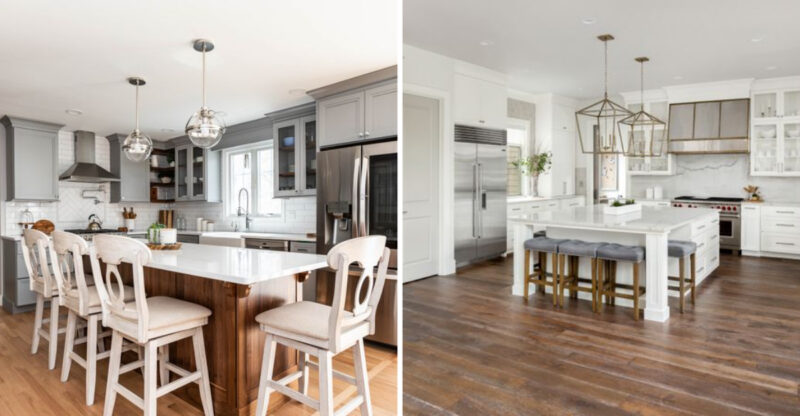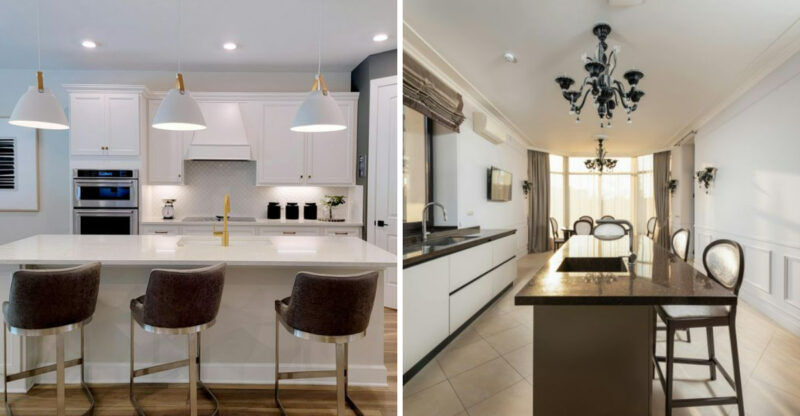9 Things To Never Put On Living Room Shelves (And 9 Perfect For Them)

Your living room shelves are prime real estate in your home’s design landscape. What you choose to display (or not display) can make the difference between a polished, inviting space and a cluttered, chaotic one.
I’ve discovered through years of decorating that certain items simply don’t belong on these visible platforms, while others can transform your living area into a magazine-worthy showcase.
1. Overly Themed or Seasonal Décor Left Year-Round
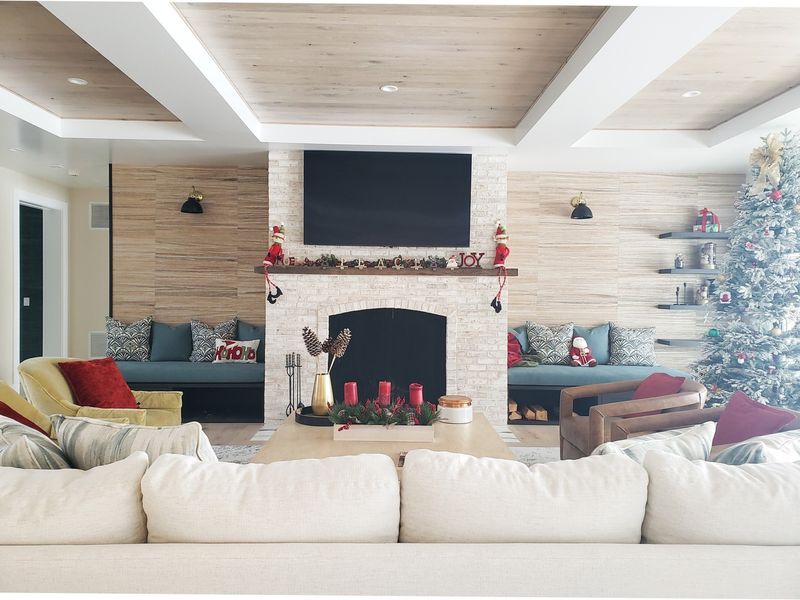
Santa figurines in July? That’s a decorating don’t! Forgotten holiday items or excessive themed collections make your space feel neglected and out-of-touch with the current season.
Theme overload happens when your shelf becomes a shrine to beach trinkets, Halloween decorations, or Christmas villages long past their seasonal relevance. Rotating seasonal items shows intentionality in your decor choices and keeps your space feeling fresh and current.
2. Trophies or Personal Awards in Main Living Areas
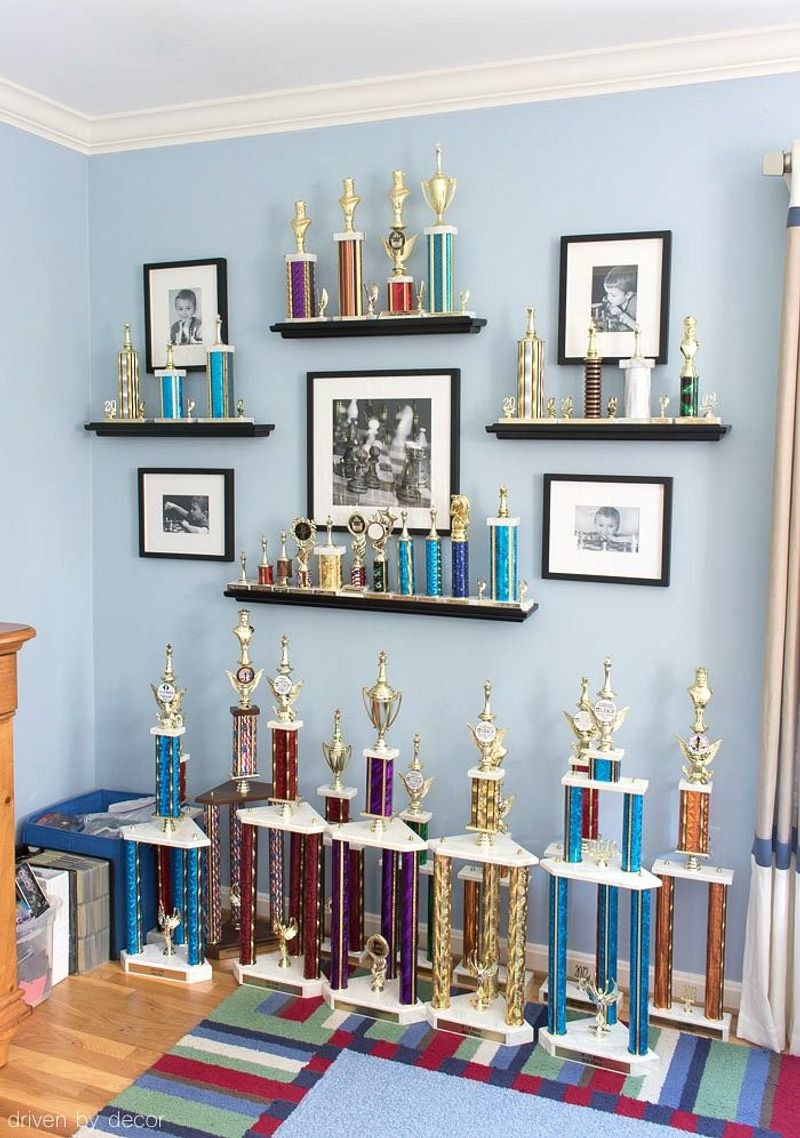
Your bowling championship trophy might represent a proud moment, but it’s giving off major “look at me” vibes in your living room. Personal achievements displayed prominently can make guests uncomfortable.
Trophy collections belong in personal spaces like offices or bedrooms. Living room shelves should create connection, not broadcast accomplishments that might inadvertently create distance between you and your visitors.
3. Old DVDs or CDs Stacked Visibly
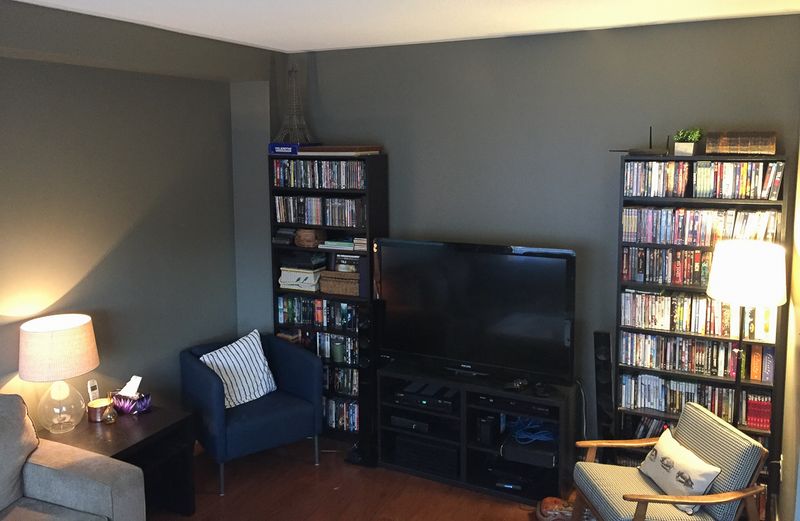
Remember those 300+ DVDs you collected before streaming existed? They’re not decor – they’re clutter! Rows of plastic cases with mismatched spines create visual noise and instantly date your living space. Movie collections belong in closed storage, not on display shelves.
Your impressive collection of rom-coms and action flicks might showcase your taste in entertainment, but they do nothing for your interior design credentials.
4. Cluttered Piles of Mail or Papers

Bills, catalogs, and random paperwork have mysteriously migrated to your decorative shelves. This paper invasion signals to everyone that you’ve surrendered control of your space to clutter. These stacks create visual stress and make your room feel disorganized even if everything else is tidy.
Mail represents unfinished business and daily chores – exactly the opposite of the relaxing vibe you want in your living area.
5. Too Many Family Photos in Mismatched Frames
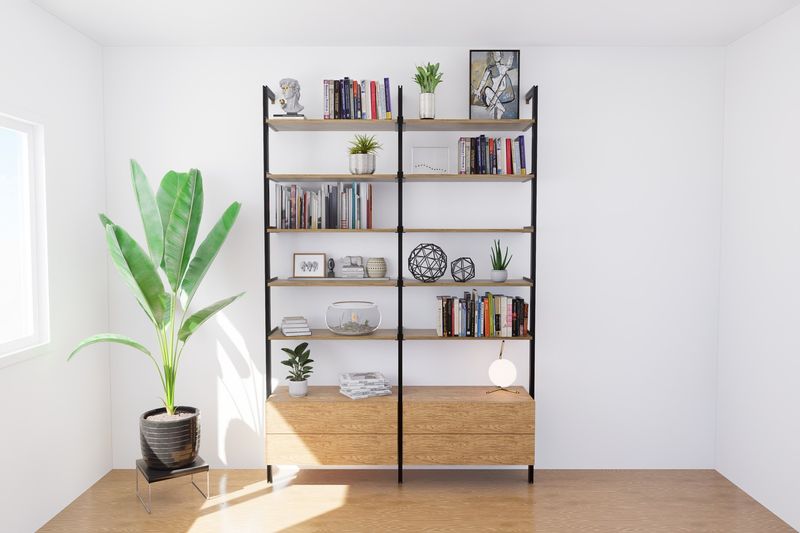
Family portraits hold sentimental value but can quickly overwhelm your shelves when displayed in bulk. Random frames competing for attention create visual chaos rather than harmony.
Instead, select just two or three special photos and use frames that complement your decor. Your treasured memories deserve better than becoming part of a cluttered gallery that guests struggle to appreciate.
6. Dusty or Fake Plants That Look Obviously Artificial
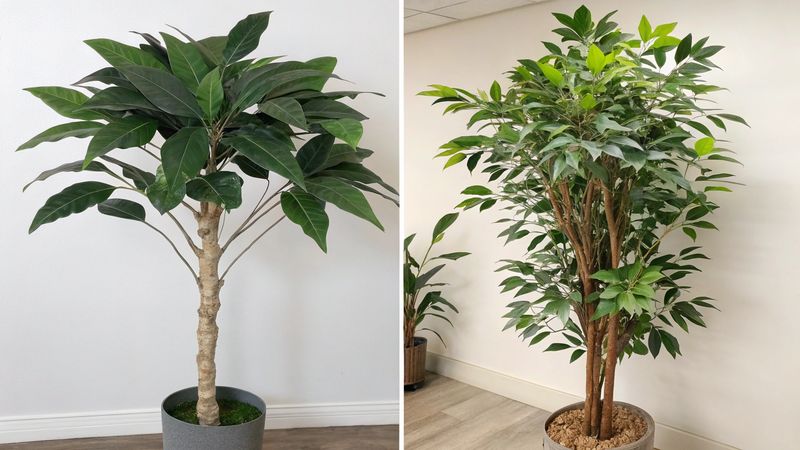
Those plastic ferns collecting dust scream ‘I gave up on decorating!’ Artificial plants with faded colors or plastic-looking leaves immediately cheapen your carefully designed space.
Even worse are the dust-covered silk varieties that haven’t been cleaned in years. Your guests notice these sad attempts at bringing nature indoors, and they’re not fooled by the plastic shine or unnatural colors.
7. Large Objects That Don’t Fit Proportionally
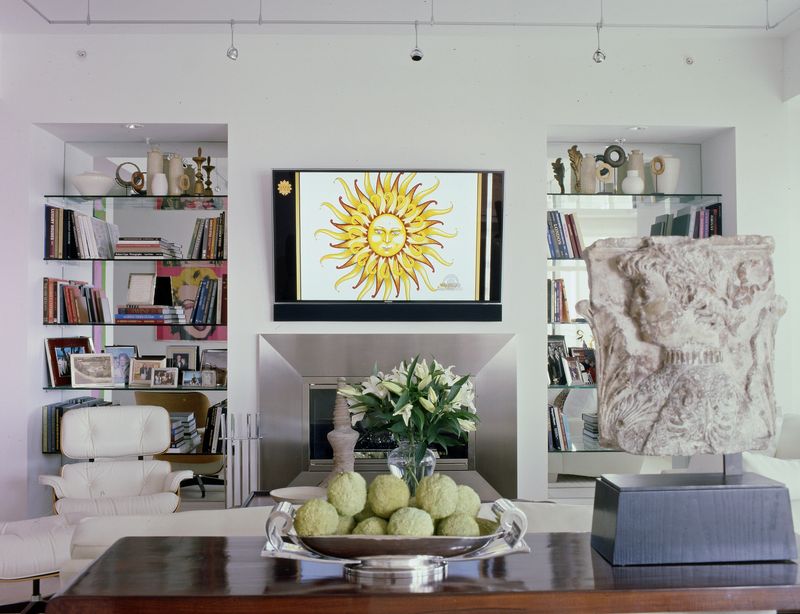
Oversized items crammed onto narrow shelves create an awkward, top-heavy look that throws off your room’s balance. That massive vase teetering on the edge isn’t just visually jarring – it’s a breakage waiting to happen! Scale matters tremendously in shelf styling.
Forcing bulky objects onto shelves designed for smaller items disrupts the visual flow of your space and makes the entire room feel uncomfortable and poorly planned.
8. Empty Vases or Chipped Ceramics

Empty vases gathering dust tell visitors you’ve given up on finishing your decor. Worse yet are those chipped ceramics you’ve kept “just because” – they’re not vintage charm, they’re neglect on display!
Damaged items immediately downgrade your shelf styling from intentional to afterthought. Quality matters more than quantity when styling shelves, and keeping broken items visible suggests you don’t notice details in your own home.
9. Outdated Tech Gadgets or Remotes
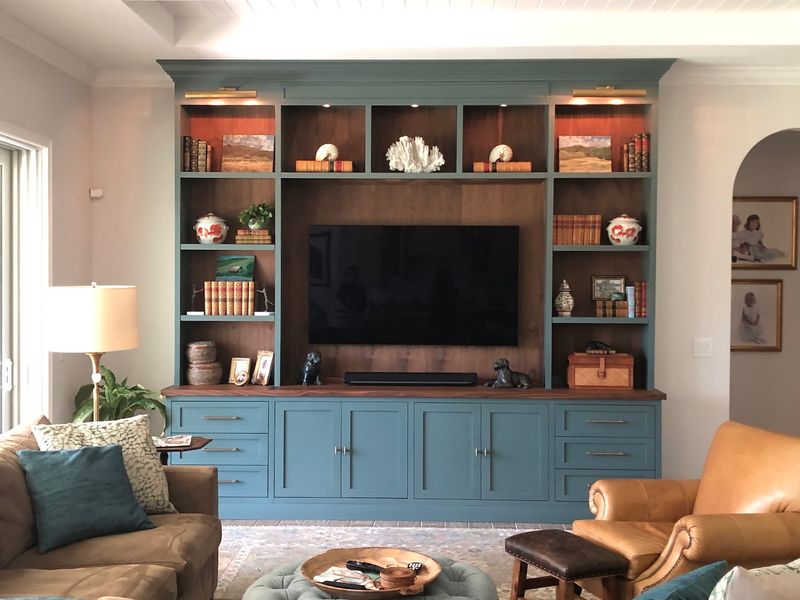
Remote controls, old phones, and tangled charging cables have no place in your decorative display. These utilitarian items create visual clutter and remind everyone of the less glamorous side of modern living. Technology changes constantly, making these items look outdated quickly.
Your carefully styled shelves shouldn’t become a temporary parking spot for electronics that belong in drawers or dedicated charging stations.
10. Stacked Coffee Table Books in Neutral Tones
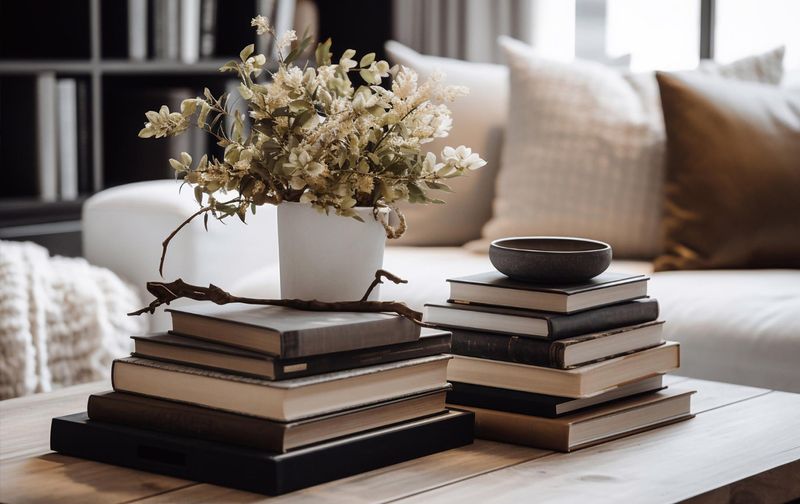
Beautiful hardcovers with minimalist covers instantly elevate your shelf game! These conversation starters double as sophisticated decor while reflecting your interests in art, travel, or design. Stack them horizontally in groups of two or three, varying heights across different shelves.
The neutral tones create a cohesive backdrop for other decorative elements while still adding textural interest and depth to your display.
11. Small Sculptural Pieces or Ceramics
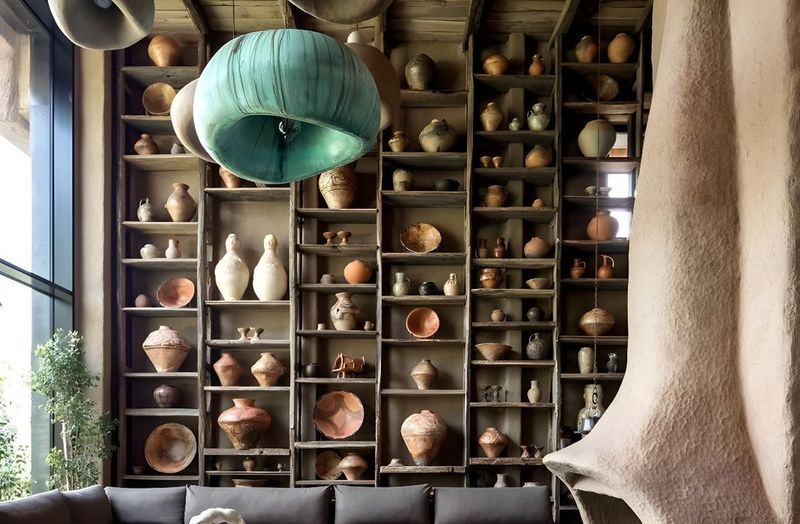
Hand-thrown pottery and small sculptures create instant visual interest through their organic shapes and textures. These artistic elements add personality without overwhelming your shelves. Look for pieces with interesting silhouettes that can stand alone as focal points.
Varying heights and materials – like combining smooth ceramics with rougher stone or metal pieces – creates a curated collection that looks gathered over time rather than purchased all at once.
12. Framed Art or Prints in Cohesive Styles

Small framed artwork leaned casually against the back of shelves creates depth and personality. Mixing photography, illustrations, or abstract pieces in complementary frames tells your unique style story. The key is maintaining a consistent color palette or theme.
Try black and white photography paired with simple line drawings, or landscapes that share similar color tones. This approach creates visual harmony while still allowing each piece to shine.
13. Candles in Decorative Holders
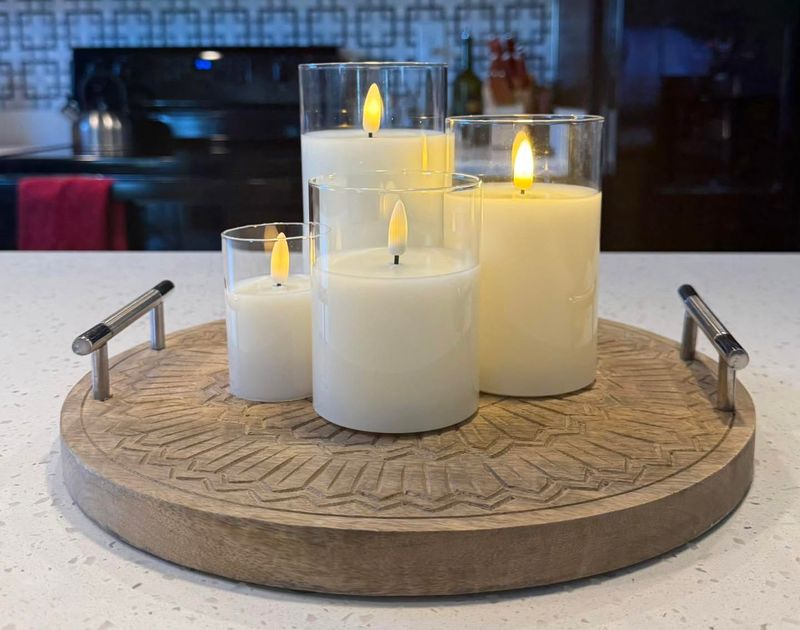
Candles bring warmth and dimension to shelves even when unlit. Selecting vessels that complement your decor – like concrete, brass, or ceramic holders – transforms functional items into design elements. Group candles in odd numbers for visual interest, playing with different heights but similar materials.
The bonus? When lit for gatherings, they create ambiance that transforms your entire room, making your careful shelf styling work even harder for your space.
14. Mini Potted Plants or Fresh Greenery
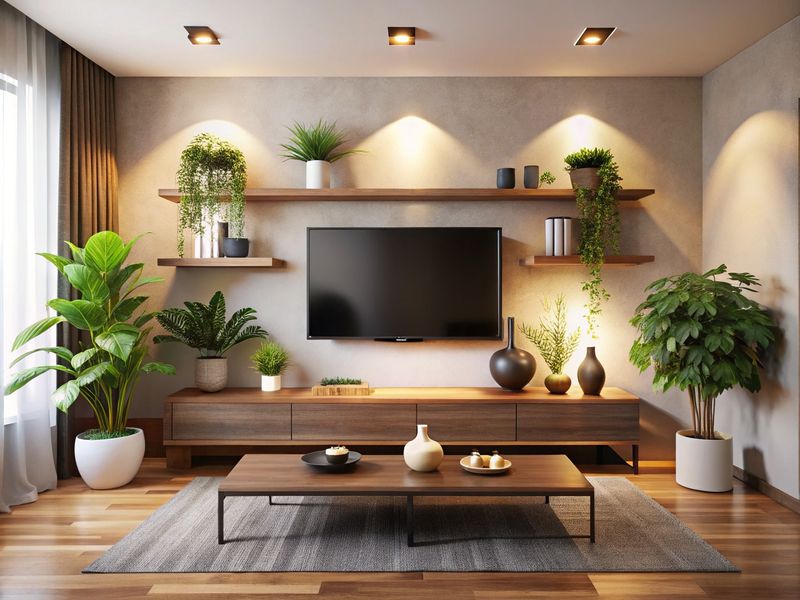
Real plants breathe life into static shelf displays! Small varieties like succulents, air plants, or petite pothos add organic shapes and vibrant color without overwhelming your space. Choose low-maintenance varieties if your shelves get limited light.
The natural element creates welcome contrast against books and decorative objects. Unlike their fake counterparts, real plants evolve over time, making your shelves feel dynamic and cared for.
15. Bowls or Trays for Styling and Storage

Shallow bowls and decorative trays pull double duty as both beautiful objects and practical catchalls. Their curved forms soften the linear nature of shelving while providing contained spaces for smaller items. A brass bowl holding crystals or a ceramic dish displaying collected shells adds personal storytelling to your display.
The boundaries created by these vessels help prevent visual chaos, making even eclectic collections appear intentional and organized.
16. Neutral-Toned Baskets or Boxes for Hiding Clutter

Woven baskets and lidded boxes in natural materials conceal everyday chaos while adding texture to your shelves. These practical heroes store remote controls, gaming equipment, or kids’ items that would otherwise create visual noise.
Choose containers that complement your decor – like seagrass, rattan, or fabric-covered boxes in neutral tones. The consistent color palette maintains a calm aesthetic while the textural variations add depth and interest to your carefully styled shelves.
17. Textured Items Like Woven Objects or Stone Décor
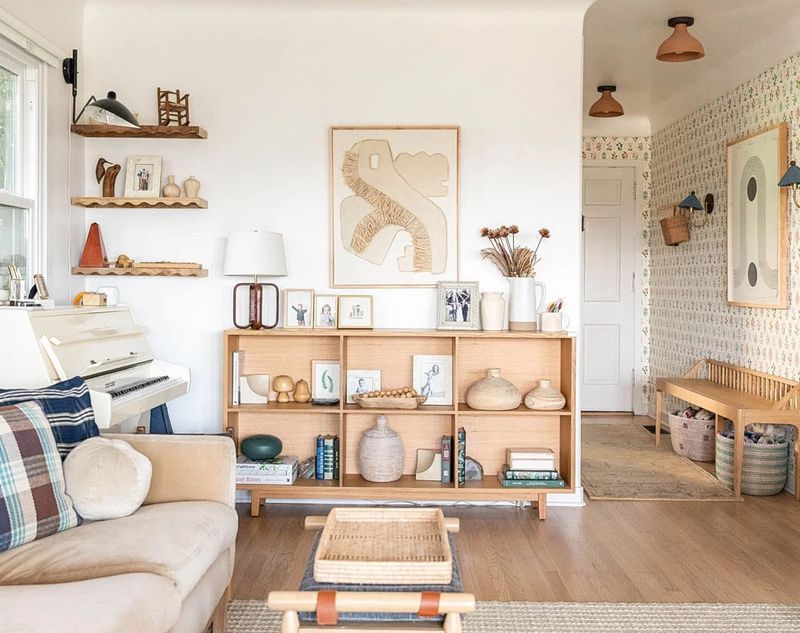
Tactile elements like rough-hewn stone objects, woven wall hangings, or wooden sculptures add sensory dimension to your shelves. These pieces invite both visual and physical interaction, making your space feel more engaging.
Contrast is key – pair smooth ceramics with rough stones or sleek books with nubby textiles. These textural variations create visual interest even within a limited color palette, adding sophistication and depth to your shelf styling.
18. Personal Items That Tell a Story (Edited and Styled)
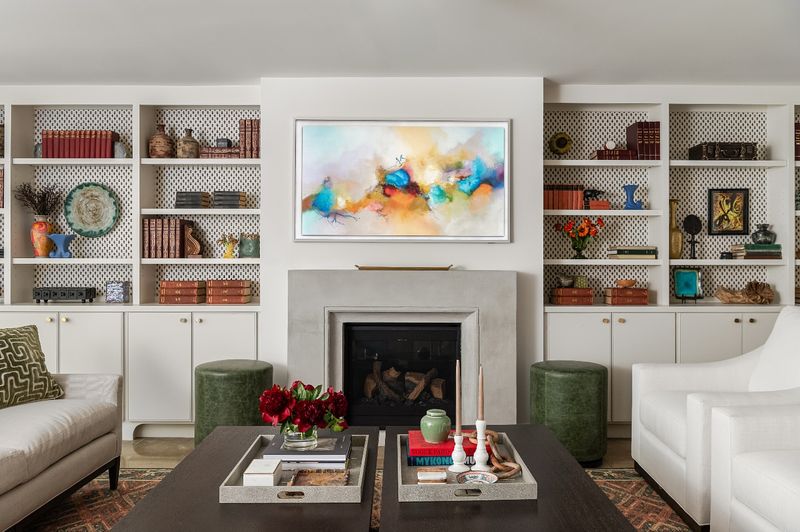
Curated mementos from travels or special occasions add soul to your shelves when thoughtfully displayed. The vintage camera from your grandfather or that unique pottery piece from Portugal creates conversation and connection.
The secret is selectivity – choose only meaningful items with visual appeal and display them intentionally. One striking souvenir stands out as art; twenty creates a jumbled collection. These personal touches make your home uniquely yours while still maintaining design integrity.

